Durian: The King of Fruits
Imagine a fruit so beloved that it’s often banned from public places, yet so cherished that it’s celebrated in festivals and folklore. Durian, the “King of Fruits,” is a Southeast Asian sensation that defies expectations. This tropical region, with its lush rainforests and vibrant cultures, has been cultivating durian for centuries. From its spiky exterior to its creamy, custard-like flesh, durian is more than just a fruit—it’s a symbol of Southeast Asia’s unique biodiversity and culinary heritage. Let’s dive into the world of durian and discover why it’s both loved and loathed in equal measure.
Table of Contents
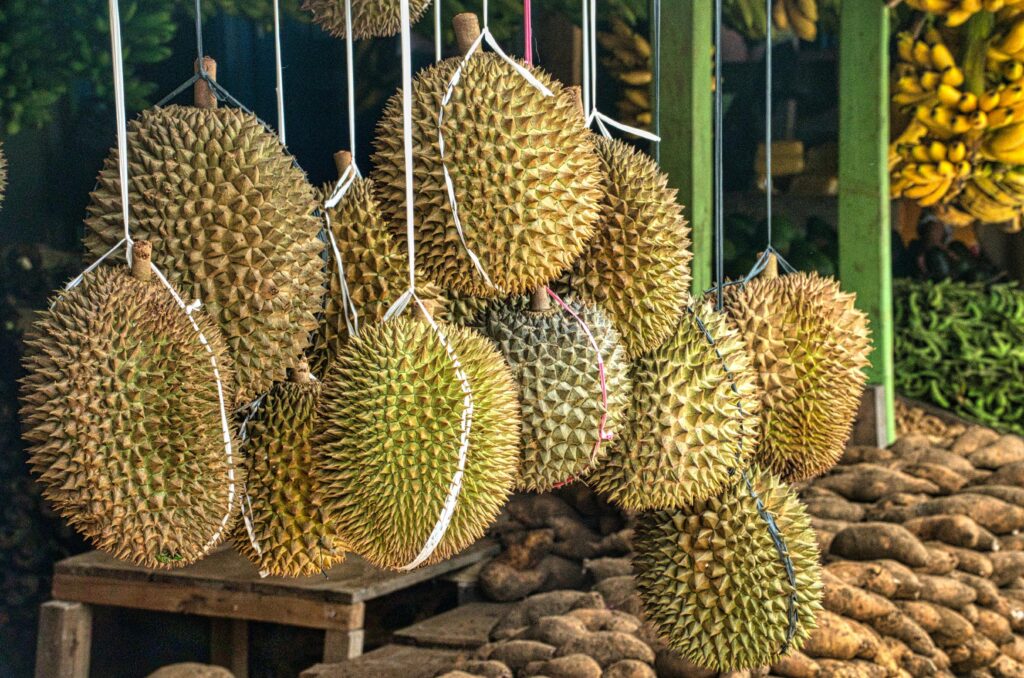
The Infamous Smell of Durian
Durian’s reputation often precedes it, thanks to its powerful, pungent smell. The fruit is banned in many public places across Southeast Asia, from hotels to transportation hubs. The odor has been compared to anything from rotting onions to sewage.
“Durian is often described as having a pungent odor that can be both repulsive and addictive,” says Michael Tan, a food critic and durian enthusiast from Singapore. “But once you move past the smell, it opens a world of flavors like no other fruit.”
Despite the notorious aroma, many are captivated by the taste, describing it as a unique fusion of sweet and savory that lingers on the palate.
Southeast Asia: The Home of Durian
The tropical climate of Southeast Asia, with its consistent warmth and abundant rainfall, provides the ideal conditions for durian cultivation. The region is home to diverse cultures, each with their own way of celebrating and consuming durian. Countries like Thailand, Malaysia, Indonesia, and the Philippines not only grow durian for local consumption but also export it worldwide.
Durian has been cultivated here for centuries, and its importance goes beyond just being a food source. It has become a symbol of abundance, hospitality, and celebration, particularly during harvest festivals.
Characteristics: A Fruit Like No Other
Durian is immediately recognizable by its size, spiky exterior, and divisive smell. It typically grows up to 30 cm (12 inches) long and weighs between 1 to 3 kg (2 to 7 pounds). Its thick, spiked shell serves as a defense mechanism, while the creamy, custard-like flesh inside is the true prize.
- Varieties: There are several different varieties of durian, each with its own unique flavor profile.
- Monthong: Known as the “Golden Pillow,” Monthong is the most widely exported variety. It has a mild aroma and sweet, custard-like flesh with hints of vanilla.
- Musang King: Famous for its intense flavor and rich, creamy texture, Musang King is often considered the finest durian variety, with a strong aftertaste of bitterness and sweetness.
- Black Thorn: Known for its deep yellow flesh, Black Thorn offers a balance between sweet and bitter, with a more subtle aroma compared to other varieties.
Each variety showcases the complexity of durian, giving enthusiasts plenty to explore.
Taste and Odor: The Polarizing Experience
The infamous smell of durian may deter some, but for many, the flavor is unparalleled. Described as a complex mix of sweet and savory, durian has notes of caramel, almonds, and even hints of cheese or garlic.

- Monthong is milder in taste and smell, making it a gateway durian for beginners.
- Musang King is bold, with a creamy texture and a balance of sweet and bitter notes.
- Black Thorn provides a robust and balanced flavor with a more subtle aftertaste.
Cultural perceptions of durian’s odor vary significantly. While some Southeast Asians cherish the smell, others, particularly from Western cultures, find it off-putting. This divergence has only added to the durian’s mystique.
Nutritional Value: Health Benefits and Controversies
Durian is a nutrient-rich fruit, offering significant amounts of vitamins, minerals, and dietary fiber. Its dense nutritional profile makes it a highly valued food in Southeast Asia.
| Nutrient | Amount per 100g | % Daily Value (DV) |
|---|---|---|
| Calories | 147 kcal | 7% |
| Carbohydrates | 27.1 g | 9% |
| Dietary Fiber | 3.8 g | 15% |
| Protein | 1.5 g | 3% |
| Fat | 5.3 g | 8% |
| Vitamin C | 19.7 mg | 22% |
| Potassium | 436 mg | 12% |
| Magnesium | 30 mg | 7% |
| Folate | 36 mcg | 9% |
Health Benefits:
- Heart Health: Rich in potassium, durian helps regulate blood pressure and supports cardiovascular function.
- Antioxidants: The high levels of vitamin C and other antioxidants combat free radicals, promoting overall health.
- Digestive Health: The fiber content supports digestion, helping prevent constipation.
However, the fruit’s high calorie and fat content have raised concerns for people with metabolic conditions. Additionally, some claim that combining durian with alcohol can cause digestive issues, though scientific evidence is limited.
Durian Cultivation and Harvesting: A Dangerous Job
Growing durian requires tropical conditions, making Southeast Asia the ideal environment. Durian trees take 5-7 years to bear fruit, and they thrive in well-drained, fertile soil. The fruits grow high in the trees and must be harvested carefully to avoid injury.
Harvesting durian is dangerous because of the fruit’s large size and spiky exterior. Traditional harvesting methods involve waiting for the fruit to naturally fall from the tree, but this can be hazardous.
- Safety Precautions: Farmers often use protective gear such as helmets and gloves when handling durian. Some also use nets to catch the fruit to prevent it from hitting the ground and damaging the delicate flesh.
- Harvesting Process: In some cases, farmers manually cut the fruit from the tree using long poles to avoid the risk of falling durians.
Durian farmers take pride in this labor-intensive process, as perfectly ripe durians command premium prices in local and international markets.
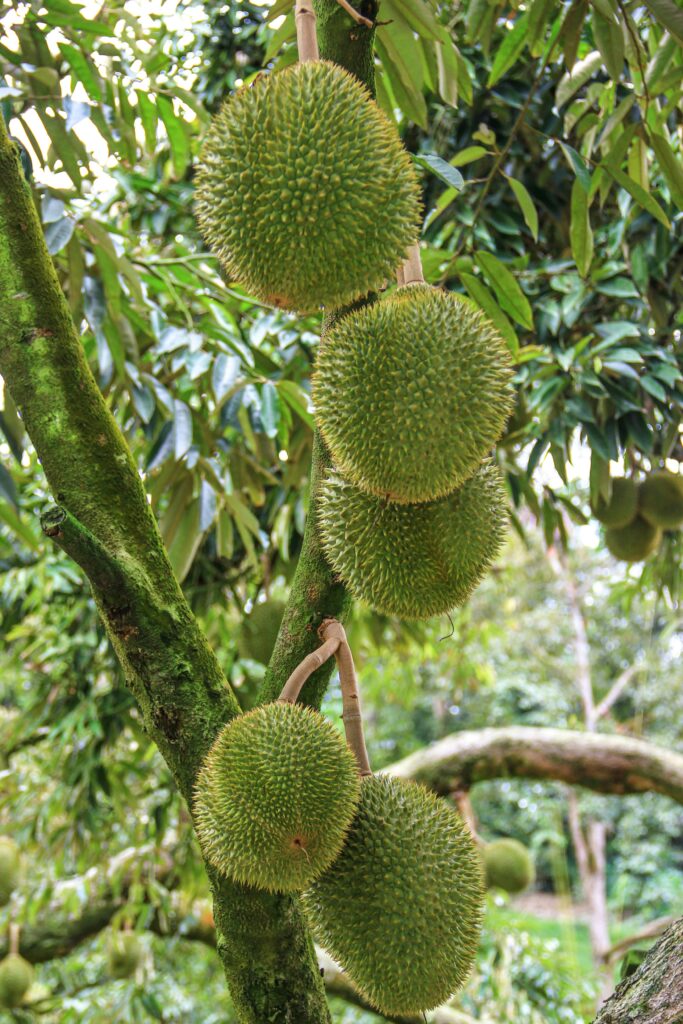
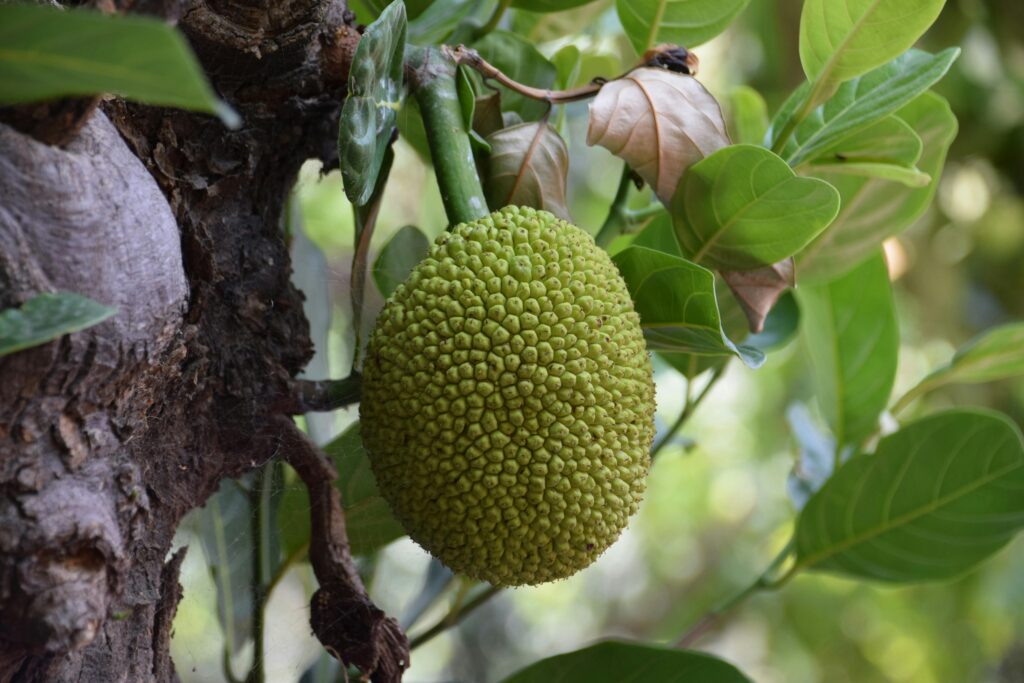
Visit for more Detail of Durian Cultivation and Harvesting Click here
Durian’s Economic Importance
Durian is not only a culinary treasure but also an economic powerhouse in Southeast Asia. In countries like Thailand and Malaysia, durian cultivation supports the livelihoods of thousands of farmers and traders.
- Exports: The demand for durian, particularly from China, has surged in recent years, making it a significant export crop. In 2022, durian exports from Thailand alone reached over $3 billion USD, with China being the largest importer.
- Local Economy: For rural communities, durian farming provides a stable income during the harvest season, and festivals celebrating the fruit also boost tourism.
The global demand for durian continues to rise, increasing its importance to Southeast Asia’s agricultural economy.
Culinary Uses: A Star in Southeast Asian Cuisine
Durian is a versatile fruit that can be enjoyed in many ways. While it’s often eaten fresh, its creamy flesh lends itself to a variety of dishes, both sweet and savory.
- Durian Ice Cream: One of the most popular ways to enjoy durian outside of its raw form.
- Pastries and Cakes: In Malaysia, durian is used in puff pastries and mooncakes.
- Durian Chips: Slices of durian are fried for a crispy snack, popular with tourists and locals alike.
- Savory Dishes: In some regions, durian is added to curries for a rich, complex flavor.
Whether it’s street vendors or high-end restaurants, durian remains a beloved ingredient in Southeast Asia’s culinary landscape.
Controversies and Regulations
Due to its potent odor, durian has been banned from many public spaces across Southeast Asia. Hotels, airports, and even public transportation systems have signs prohibiting the fruit, much to the chagrin of durian lovers.
Environmental concerns have also arisen, as the increasing demand for durian has led to deforestation in some areas. Conservationists worry about the long-term effects of clearing land for durian farms, especially in Malaysia and Indonesia.
“The rising global demand for durian, especially from China, has put pressure on Southeast Asia’s ecosystems,” says Dr. Lim Wei, an environmental scientist studying the impact of durian farming.
Despite these issues, durian remains a vital part of the region’s agricultural and economic fabric.
Durian Culture and Folklore
Durian’s significance extends beyond the dining table. Festivals like Malaysia’s Durian Fest celebrate the fruit during its peak season, drawing visitors from across the globe. In Thailand, durian is often given as a gift to symbolize prosperity and wealth.
- Durian in Folklore: Legends surrounding durian are common in Malay culture, where the fruit is said to bring good fortune—or bad luck if mishandled.
- Art and Literature: Durian has been featured in traditional art, from ancient carvings to modern paintings, often symbolizing abundance and nature’s bounty.
The fruit’s strong presence in Southeast Asian folklore and festivals reflects its deep-rooted cultural significance.
Conclusion: Durian, A Fruit Like No Other
From its spiky shell and pungent smell to its creamy, complex flavor, durian is truly a one-of-a-kind fruit. Its economic importance, cultural legacy, and divisive nature make it more than just a food—it’s a symbol of Southeast Asia’s rich biodiversity and culinary heritage.
For those daring enough to give durian a try, it offers an unforgettable experience that can either repel or captivate. As global demand grows, this “king of fruits” continues to reign, both in Southeast Asia and beyond.
“Don’t miss out! Discover the best recipes before anyone else.” Click here

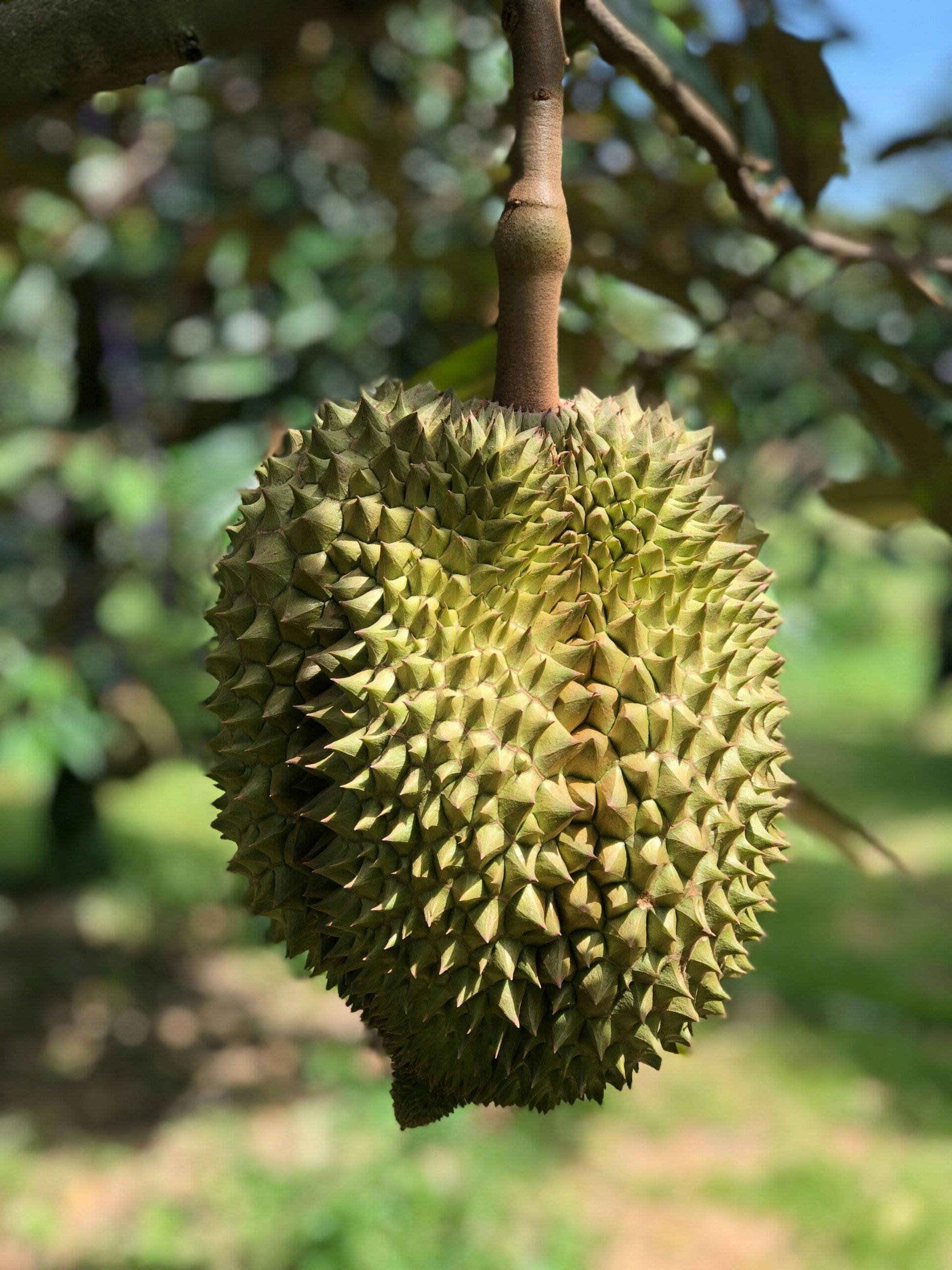

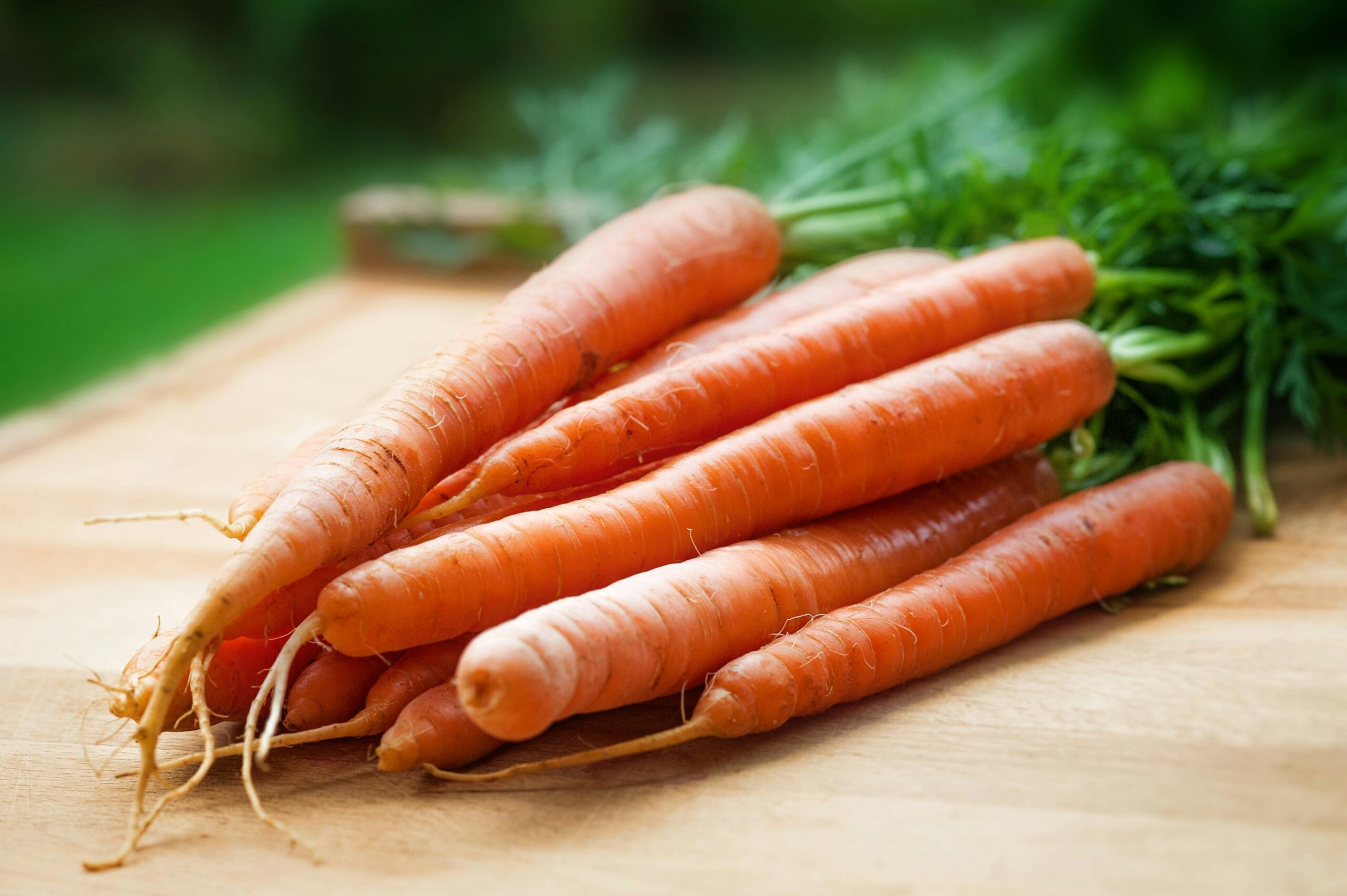
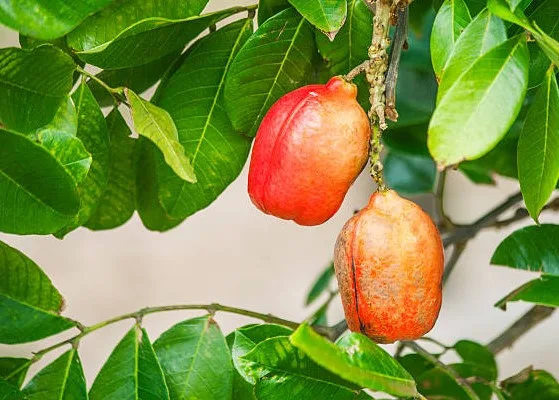

What a information of un-ambiguity and preserveness of precious experience regarding unexpected feelings.
Thank you for your insightful comment. We appreciate your kind words.